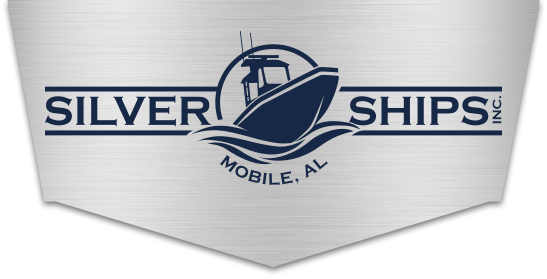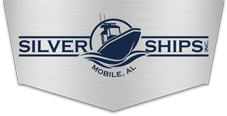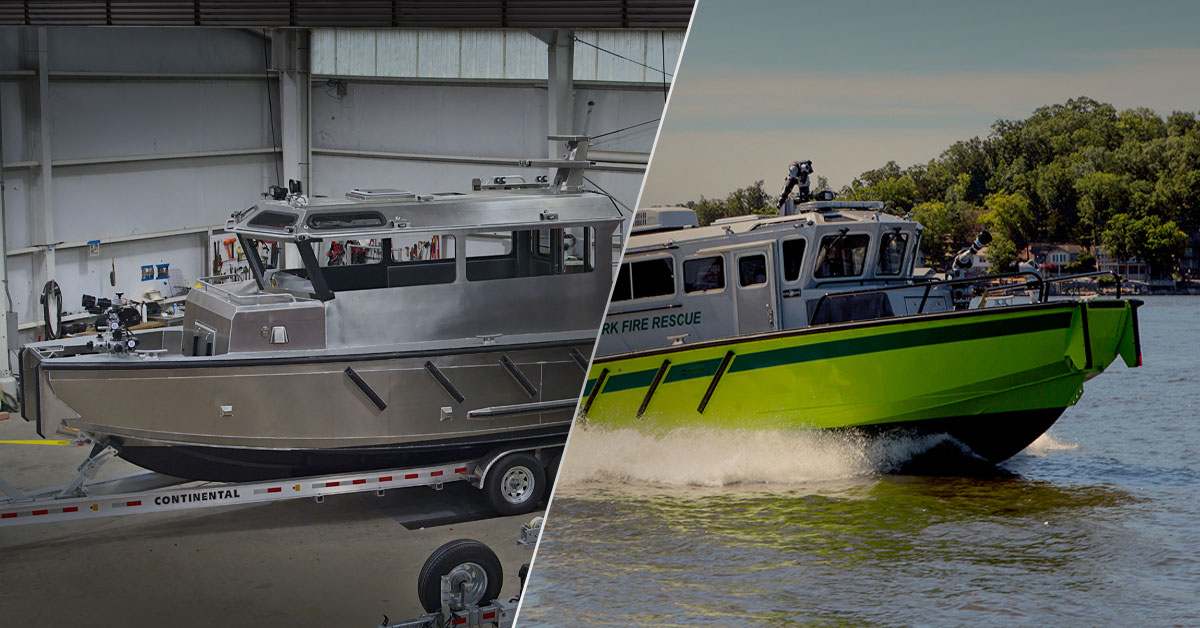Fire Boats: Then and Now
The first fire boat on record was built in 1765 in London. The boat was very small and had to be rowed by its crew who used a manual pump for fire rescue. In 1809 volunteer firefighters in New York City placed a hand-operated pump on a small boat, thus creating the first American fire boat.
Transitions in the industrial revolution era caused more fire risks. The need for more fire boats came from America’s growth in international trade because more ports and waterfronts were being built and used. As the years went on, fire boats evolved to meet the demands of varying missions. The first designs were larger tug-boat style vessels with a manual pump. They did not move quickly and had not convinced many fire chiefs that a fire boat was worth the investment. However, tragedies such as the Great Chicago Fire in 1871 (which caused roughly $200 million in property loss) began changing minds – the use of fire boats would have reduced the spread of fire and overall amount of damage.
A major push in the 1970s by the U.S. Maritime Administration called for a better design and more operational capabilities for fire boats, including higher speeds and maneuverability. The improvements made to propulsion and pump technology allowed for vessels to deliver water at higher pressures without compromising mobility, which is a key component in successful fire rescue. Fire boats did not become an essential part of American fire service until 1973 when they started being used mainly in Boston, Mass. From then on, fire boats have become one of the main features in fire rescue missions around the world.
Today, fire boat capabilities include emergency and non-emergency operational scenarios. New multi-purpose crafts allow for the vessel to cover larger distances in less time so the crew can reach the incident and provide help quickly. Modern-day fire boats also play a big part in decreasing the impact of materials that can be hazardous to marine life thanks to added features like skimmers and absorbents, which can help mitigate certain environmental disasters like oil spills.
With the demand for fire boats increasing, companies like Silver Ships began to grow and create designs of their own. Silver Ships builds fire boats with safety and durability in mind. With the capability to transport crew and patients safely from water to shore and advanced technology for remote fire monitoring, these vessels can handle difficult and time-sensitive missions. Additionally, with unique hull designs and custom outfitting options, a Silver Ships fire boat is built for speed and utility. Each boat offers various mission-specific features. Silver Ships fire rescue boats are built to American Boat and Yacht Council (ABYC) standards and can operate fully in both fresh and saltwater environments. For more information about Silver Ships fire boats, contact our team.
For more information about the history of fire boats visit: https://www.firemiddleeastmag.com/the-evolution-of-the-fireboat/


